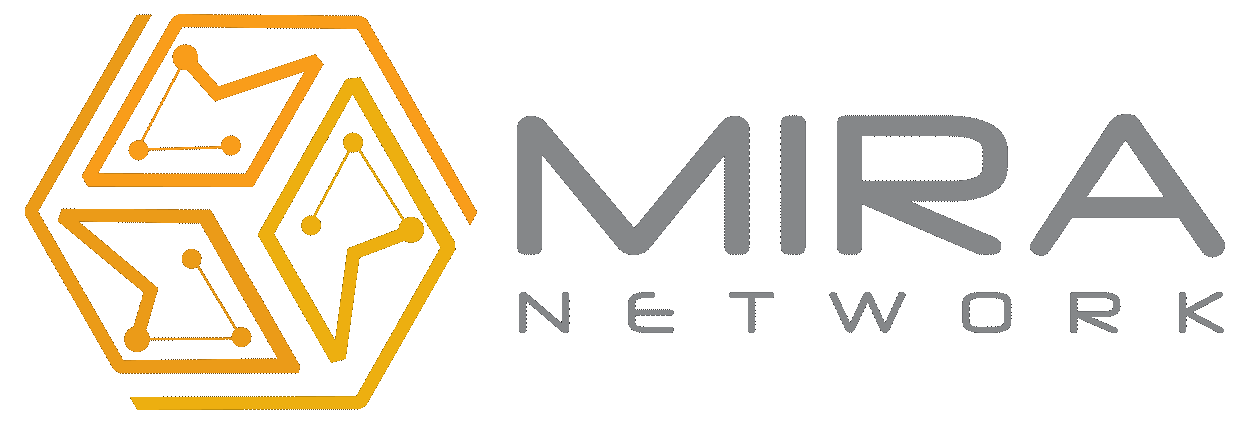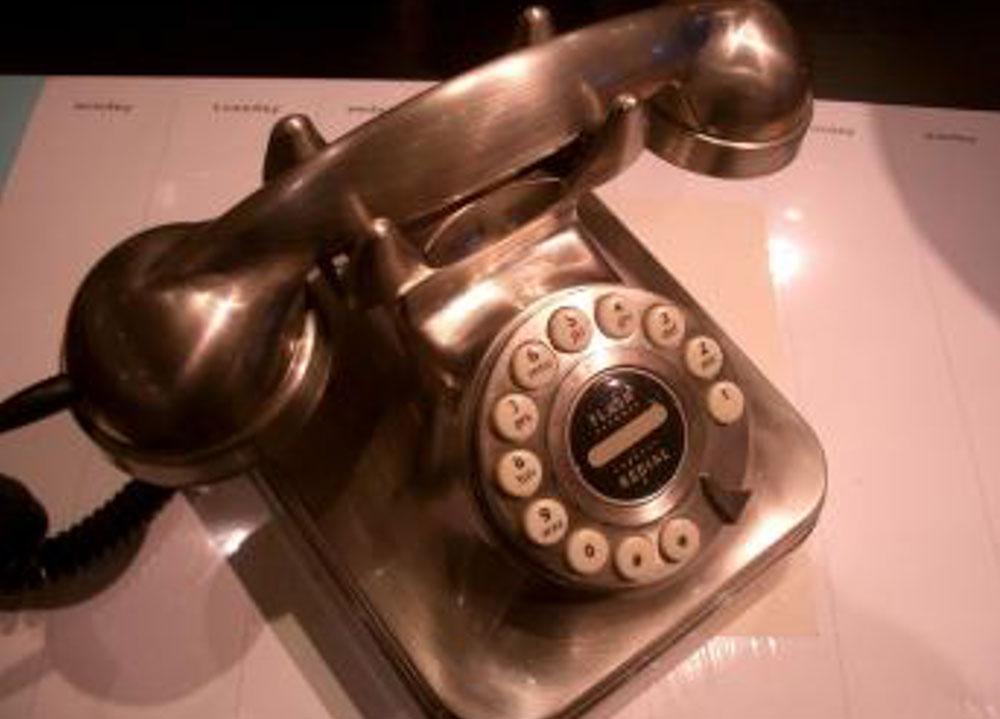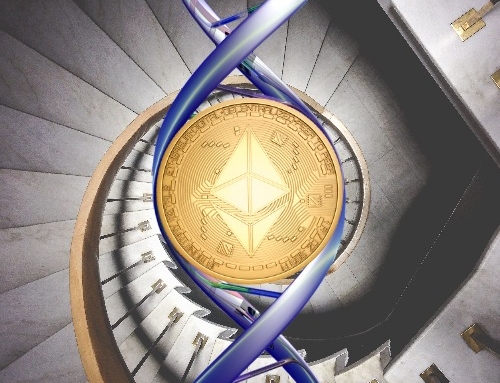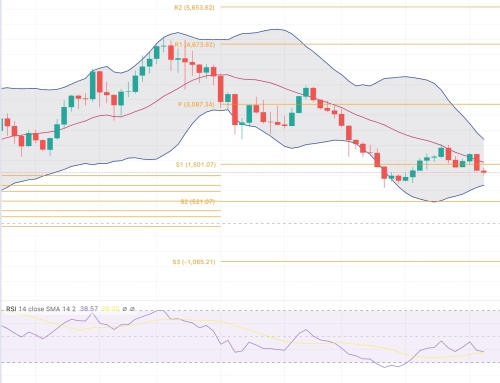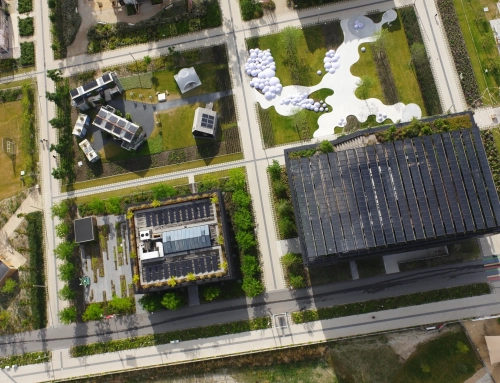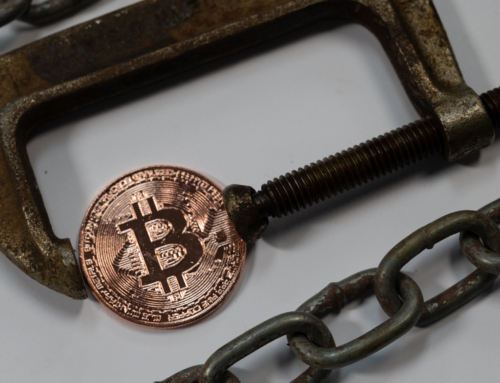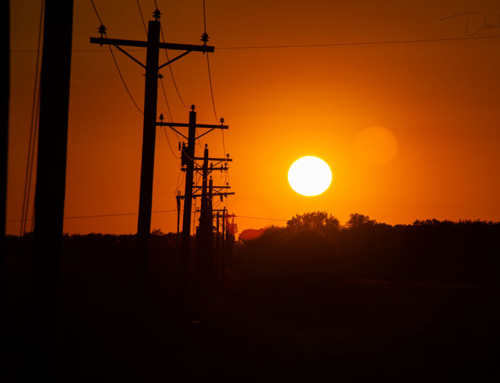
Early electromechanical data transferr
Before IP addresses and the internet
In 1851, Western Union was founded as the New York and Mississippi Valley Printing Telegraph Company. So begun a wide area network to transmit data via a low frequency electro-magnetic field using batteries and wire to connect various nodes. Encoded text characters were sent via this wire. Data packets had not yet been invented so the early transmissions were called letters and words.
I’ll call Morse Code a Layer 1 for the blockchain/crypto aficionados . Of course in later years processor speed and bandwidth increased so that actual voice could be transmitted in real time. We will call that a Telephone for lack of smart contracts on a Layer 2. And later, the frequency used was much higher and involved wireless transmissions. We will call that Radio and TV.
Anyone that could tap a wire with a rudimentary receiver or speaker could listen in. There was no expectation of privacy but newer and more complex encryption codes were developed. One of the 1st digital electrical financial transactions was completed via the Western Union network. It involved a rather large real estate sale between Russian and the United States. ( think cold weather, snow, and indigenous tribes) Think Alaska.
Let’s move forward a bit in this race of bandwidth and speed
This picture has my grandfather ( with his pet bobcat in his lap) and the rest of the telephone crew at an unnamed location in New Mexico circa 1930. I assume this is the Central office location and the hub of local communications due to the overhead telephone lines attached to the building. I count 3 lines and a spare (the extra mounting insulator for future use ,total of 4 lines).

Early telephone crew in New Mexico
But my reference topic focuses around the history of communications from my personal memory. I have been blessed to be a part of the communication and data transfer revolution from telephone party lines to mobile phone, to cell phones and beyond . My personal memories of talking to a switchboard operator to have my call routed to another person in the same town are such a far cry from the instant text message and Zoom, and Slack, and of course the phone of today.
Pick your poison. iPhone or Droid. Either of these items were only a science fiction dream of the 50’s and 60’s. The VR headsets of today would literally shock people of the 70’s.So, this is my trip down memory lane. I hope the Baby Boomers will smile when they think of driving a mile or two to get to a pay phone and call home. You can remember how difficult it was back then for “ET” to phone home.
I actually saw my 1st Fax machine in an Army lab. It was a rotating drum that synced the speed of the drum to another remote (via telephone) rotating drum with a piece of thermal paper attached to that drum. The on/off code from the optical reader on the remote machine would turn on and off to reproduce an image or document on the thermal paper via an arm and stylus that heated the paper of the receiver machine.

rare photo of a working phone booth in 2022
As our communication devices progressed the world got smaller. When I was in Army Basic Trying, I called home using a pay phone only after I had mailed a letter to my parents a week prior. I notified them of when I was going to call because of the cost ($3.50) for 5 min and I wanted then to be home when I called. (in todays money, that 5 min phone call would cost over $20) Sometimes you would put a bunch of quarters in a pay phone and if the party did not answer; the payphone would eat your money and it was almost impossible to get a refund.
But as the Telecom Companies start to breakup and be absorbed or sold, the price of long distance calls dropped rapidly.
Todays Cost of Communication (Zoom, VR, Web3, etc)
Yes, I know you have to have the equiptment and an internet connection, but could you imaging writing a letter 1-2 weeks ahead of time to notify your parents that your were going to call home? Did I mention that a funny thing happened while we were watching the advent of new voice communication technology. A few visionary people saw the packets of info that were audio files being transferred across a phone line and decided that those files could also hold data. So , was this the intent of wide band transmission? To transfer data and the voice was just a side benefit ?
Early in his career, my Father worked for a company that installed and repaired 2 way radios for commercial and government customers. The local and state police shared the same frequency and the fire dept had another. In my childhood years, North Texas was my whole world. All commerce and business seemed to be driven by oil or cattle. Oil pipelines, oil exploration , oil drilling and oil production. The people that had a radio in their truck or even the company car were always looked upon as rich.
That same 2way radio was the building block of mobile phones when different frequencies could be chosen via a rotary dial and later a touch pad mounted in your vehicle. This technology of choosing different channels was extended to a mobile operator service that eventually could connect your radio-phone to a land line without need of a switchboard operator . This was circa 1966. By 1976 the mobile digital cell phone entered the market and we called it the “bag phone”. Most of you reading this today don’t need my story to remember how this ends. Or should I say where it ends.
Our future in communications is only limited by our imagination. I would leave a few warnings for those of you that have concerns about “What Next?” Download a movie from 1993 called “the Demolition Man” starring Sylvester Stallone. This action comedy foretells the future of Virtual Reality and the censor ship of speech and even the thought police. So with great gains come great responsibility. Enjoy your fast and accurate data transfer and all that comes with it. (education, sharing of ideas, art, etc) and protect this right to transfer your data and ideas.
